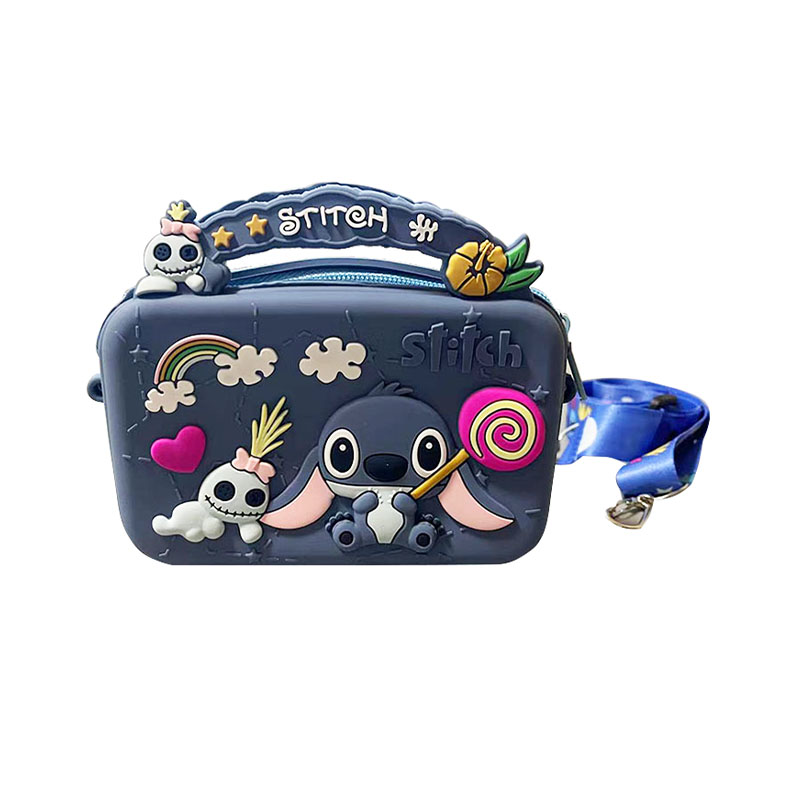How is the waterproof sealing structure of silicone tap light designed to ensure long-term use without leakage?
Release Time : 2025-09-17
The waterproof sealing structure design of the silicone tap light must focus on three key areas: material properties, structural optimization, and process control. Multi-layered technologies are used to achieve long-term leak prevention. Silicone material inherently possesses a water-repellent property. The silicon-oxygen bonds (Si-O-Si) in its molecular structure impart extremely low surface energy (approximately 20-24 mN/m) and a contact angle with water typically greater than 90°, making it difficult for water molecules to spread on the surface, resulting in a naturally hydrophobic property. After curing, the silicone forms a three-dimensional network of elastomers, with tightly crosslinked molecular chains and interstices at the nanometer level—much smaller than the diameter of a water molecule (approximately 0.3 nm). This effectively blocks the permeation path of liquid water.
The structural design must enhance the sealing effect through geometric morphology. For example, the connection between the silicone tap light body and the faucet utilizes a "lip + groove" composite structure. The lip utilizes the elasticity of the silicone to compress the contact surface, forming the initial sealing barrier. The groove acts as a mechanical locking mechanism, embedding into tiny protrusions on the substrate surface to enhance adhesion while also accommodating any water that might penetrate, preventing further diffusion. In addition, the interface between the lamp body and the power cord can utilize a "rib + buckle" design. The ribs increase friction with the contact surface, while the buckles create an interference fit, eliminating gaps and forming a double seal.
The bond between the material and the substrate is crucial for waterproofing. Silicone adhesion to substrates such as metal and plastic requires surface pretreatment. For example, sandblasting metal substrates to increase surface roughness, or applying a primer to plastic substrates to improve chemical compatibility. These measures strengthen the physical bond between the silicone and the substrate, preventing gaps at the interface. If the bond is weak, moisture can easily penetrate through the junction between the adhesive layer and the substrate, causing seal failure.
Process control directly impacts the integrity of the sealing layer. Liquid silicone encapsulation technology uses a "secondary molding" process to inject liquid silicone onto the substrate surface, where it cures at high temperature to form a seamless, elastic adhesive layer. This process fills tiny pores and cracks on the substrate surface, forming a continuous waterproof barrier. For example, the encapsulation process surrounding the electronic components inside the Silicone Tap Light completely isolates moisture from the circuit boards, preventing the risk of short circuits. Furthermore, the high elasticity of silicone (elongation of 300%-600%) allows it to adapt to the slightest displacement of the substrate due to thermal expansion and contraction, maintaining a tight seal.
Dynamic sealing designs must account for deformation compensation during long-term use. Frequent opening and closing of faucets can cause slight displacement at the connection between the lamp body and the faucet, which can easily cause cracks in traditional rigid sealing structures. Silicone foam sealing strips can address this issue: the closed cells (>90%) in the foam structure act like independent air pockets, effectively blocking air convection and water vapor diffusion. Furthermore, the "memory" rebound properties of the foamed silicone allow it to quickly return to its original shape after being compressed, compensating for gaps caused by displacement and ensuring long-term sealing performance.
The integration of a waterproof and breathable valve enhances the reliability of the sealing structure. Installing a waterproof and breathable valve inside the Silicone Tap Light utilizes the waterproof and breathable properties of the molecular sieve to balance internal and external air pressure, eliminating negative pressure and preventing the inhalation of water vapor. This design is particularly suitable for humid environments, such as bathrooms and kitchens, as it prevents seal failure caused by air pressure fluctuations. However, it should be noted that waterproof vents are not suitable for long-term submersion in water, such as underground or underwater lighting.
Long-term stability requires material weather resistance. Silicone's resistance to UV rays and ozone degradation ensures long-term performance in outdoor or humid environments. For example, modified organic silicone, with optimized chemical formulas, can resist corrosion from corrosive substances such as acid mist and salt spray, extending the life of the lamp. Furthermore, silicone's wide temperature resistance (-50°C to 200°C) adapts to climate conditions in different regions, ensuring that sealing performance is not compromised by temperature fluctuations.







